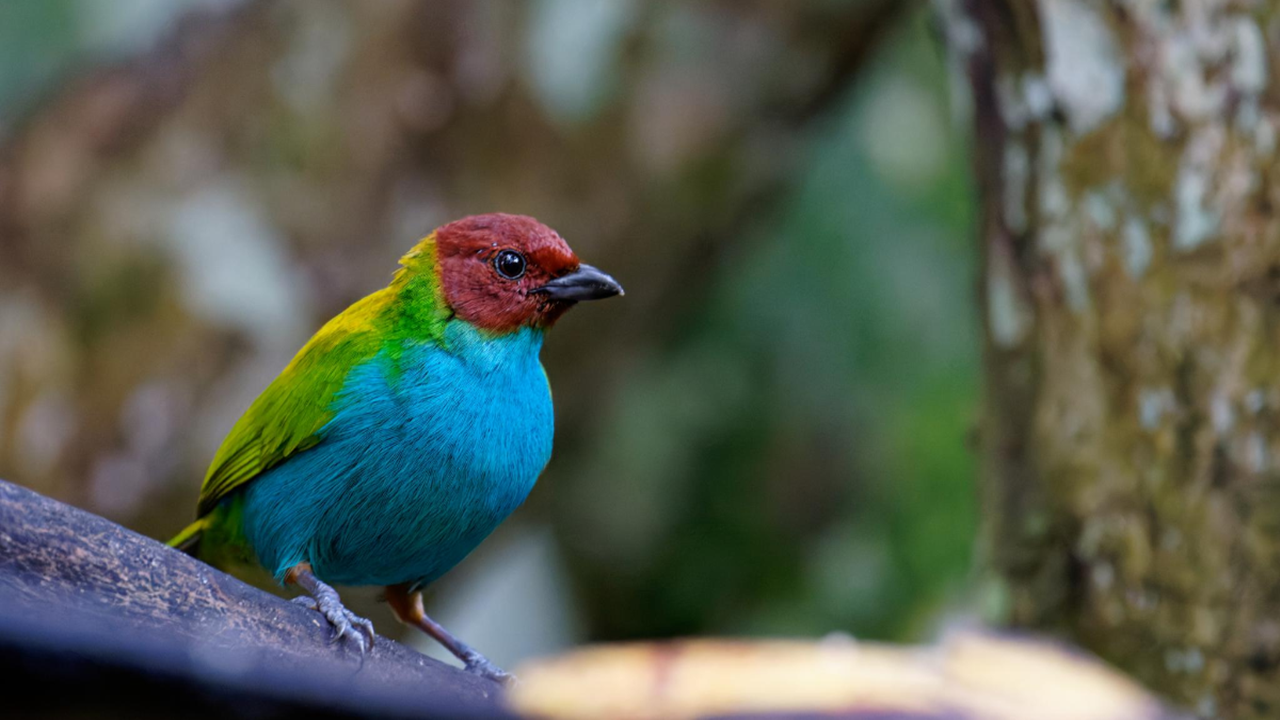NBA Disburses ₹1.36 Cr to Local Communities for Biodiversity Access Use
This financial move reaffirms the nation’s commitment to fair benefit sharing, biodiversity conservation, and the sustainable use of biological resources, as enshrined in the Biological Diversity Act, 2002.

- Country:
- India
In a landmark step towards realizing equitable and inclusive environmental governance, the National Biodiversity Authority (NBA) has disbursed a total of ₹1.36 crore to local communities in Maharashtra and Uttar Pradesh as part of India's Access and Benefit Sharing (ABS) mechanism. This financial move reaffirms the nation's commitment to fair benefit sharing, biodiversity conservation, and the sustainable use of biological resources, as enshrined in the Biological Diversity Act, 2002.
A Reward for Biodiversity Custodianship
The disbursed amount is a result of ABS obligations arising from the commercial utilization of microorganisms accessed from soil and industrial effluent samples, used for producing Fructo-oligosaccharides—prebiotics that promote gut health. Under the ABS mechanism, commercial users of bio-resources must share a portion of the monetary gains with the communities that conserve and manage these resources.
The beneficiaries of this round of benefit-sharing are:
-
Sakharwadi village, Phaltan Taluk, Satara District, Maharashtra
-
Kunjirwadi village, Haveli Taluk, Pune District, Maharashtra
-
Kasganj area, Etah District, Uttar Pradesh
Each of the three Biodiversity Management Committees (BMCs) representing these regions will receive ₹45.5 lakh, with the payments being channelled through their respective State Biodiversity Boards. These funds are to be utilized for community-level conservation and sustainable use initiatives in line with Section 44 of the Biological Diversity Act and relevant State Biodiversity Rules.
Strengthening Local Participation in Biodiversity Governance
This disbursement is not just a financial transaction but a strategic empowerment of local governance structures involved in biodiversity protection. Biodiversity Management Committees, comprising members from gram panchayats and urban local bodies, are the grassroots custodians of bio-resources in their areas. By rewarding their role in bio-resource stewardship, the government is reinforcing a bottom-up model of biodiversity governance.
It marks a turning point in incentivizing conservation and showcases the Government of India's intent to balance ecological preservation with community development. This localized model of benefit sharing makes India a global frontrunner in implementing ABS in alignment with international biodiversity norms.
A Milestone in Implementing NBSAP 2024–2030
The move contributes directly to National Biodiversity Target 13, as laid out in India's updated National Biodiversity Strategy and Action Plan (NBSAP) 2024–2030. This target emphasizes ensuring that the benefits arising from the use of genetic resources and associated traditional knowledge are shared fairly and equitably, especially with the indigenous and local communities.
This policy framework aligns India with the goals of the Kunming-Montreal Global Biodiversity Framework (GBF) adopted during COP-15 of the UN Convention on Biological Diversity (CBD). India has committed to implementing the GBF's targets, and operationalizing ABS at the local level is a key action item under the global roadmap.
Driving Conservation Through Incentives
Fructo-oligosaccharides, derived using locally sourced microbial strains, are a key ingredient in health supplements and functional foods. The utilization of such biological material for commercial gains without benefit sharing would undermine the principles of the Convention on Biological Diversity. With the current initiative, India reinforces the "provider gets a share" principle, balancing bioprospecting with justice to local communities.
By directly transferring the benefits to the source communities, the NBA is closing the loop between conservation and livelihood, ensuring that local populations see tangible rewards for protecting biological wealth.
Transparent and Accountable Use of Funds
As per the guidelines under Section 44, these funds must be used for activities such as:
-
Promoting in-situ and ex-situ conservation of biodiversity
-
Organizing biodiversity awareness campaigns and capacity building programs
-
Supporting sustainable livelihoods based on local bio-resources
-
Creating biodiversity registers and documentation systems
-
Setting up infrastructure for local conservation (such as nurseries, seed banks, etc.)
The fund utilization will be monitored by the State Biodiversity Boards (SBBs) in collaboration with the local BMCs, ensuring transparency, accountability, and impact-oriented spending.
A Scalable Model for Other States
This disbursement serves as a model that can be replicated across other states, where similar commercial use of local biological resources has taken place. The NBA has been strengthening its digital and regulatory framework to track bioutilization, enforce ABS compliance, and streamline benefit transfers.
In addition, partnerships with academic institutions and local NGOs are being fostered to support BMCs in drafting People's Biodiversity Registers (PBRs) and preparing proposals to access ABS funds for local development.
A Global Example of Inclusive Conservation
India's implementation of the ABS mechanism has gained attention from several countries and international institutions as a working model for inclusive environmental governance. The recent payment adds another feather to NBA's cap, showcasing a synergy between commercial innovation and community rights.
In a world grappling with biodiversity loss, climate change, and ecosystem degradation, India's strategy of ensuring community-centric benefit sharing offers a sustainable and replicable approach to conservation.





